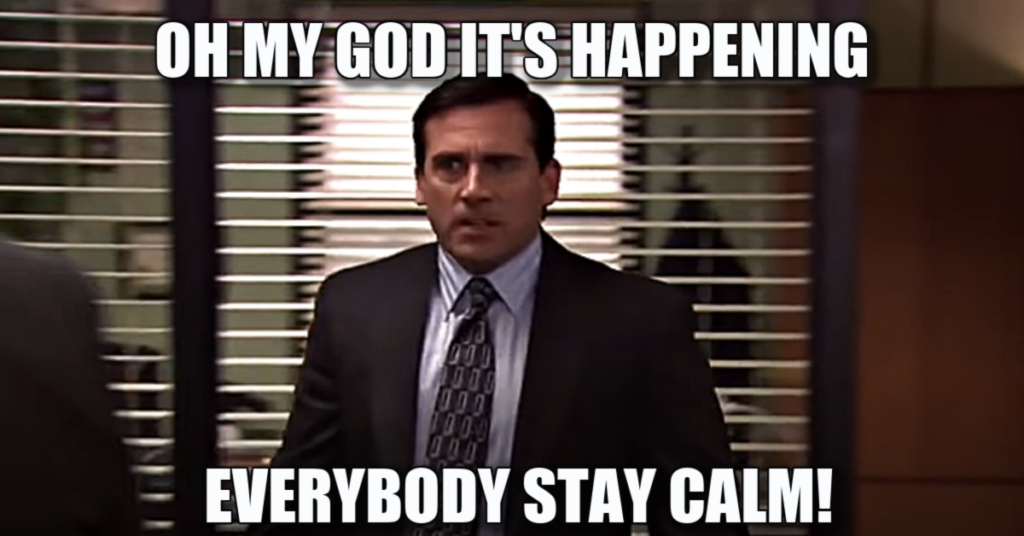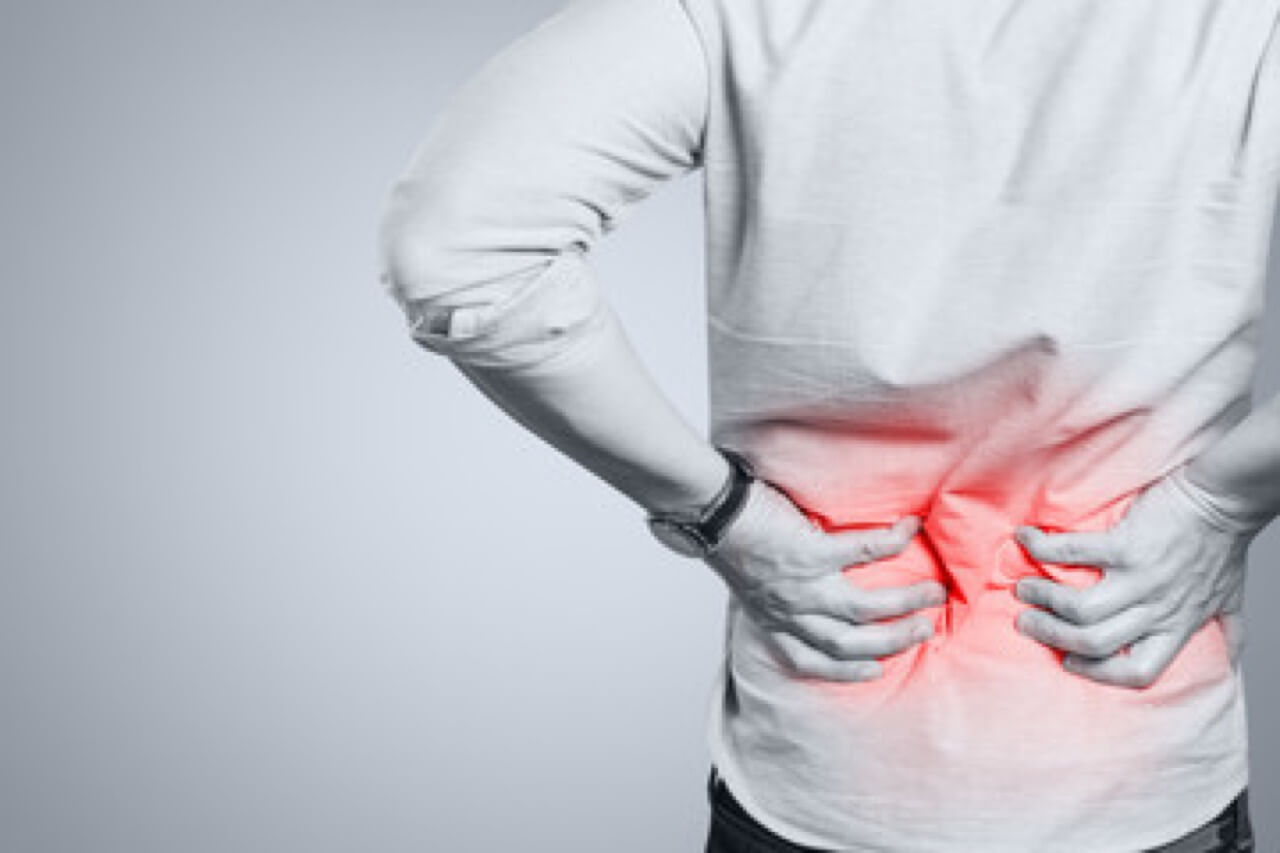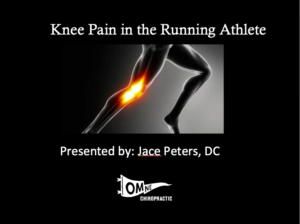Back pain is incredibly common with 4 out of 5 people experiencing back pain at some point in their lives. That makes it critical that individuals have a few strategies/tips to manage the next back pain episode. Check out our top 3 tips for back pain.
1. Don't Panic
This seems obvious but also is incredibly difficult when you are in the heat of a lower back pain flare up.

I wish more people thought of back pain like a common cold.
Check out the video to gain a better understanding of pain and injury and the Terrible Too’s
2. Stay Active
Don’t shy away from activity during back pain because of fear of making it worse. Exercise and physical activity during lower back pain episodes are safe and encouraged. We advise patients on different ways to change existing exercise routines to continue moving despite pain.
Not a regular exerciser? Don’t worry, a nice walk is a great choice for many types of lower back pain
I would recommend against starting a new exercise routine when dealing with a back pain flare up. A flare up is a time to stick to the old standbys. Plenty of time for the new stuff after you’ve kicked this episode.
Keep in mind when exercising with back pain, you may overdo it. I like to use the analogy of cooking. When you get back into your normal exercise routine, you may slightly over cook a workout as you recover. No worries, just back it down a bit the next one.
Three things to consider when adjusting your exercise routine:
- Intensity – how hard
- Frequency – how often
- Duration – how long
Intensity, frequency, and duration are the ingredients in your recovery themed cake. By adjusting these variables, we can hopefully get a quality end product. It is best to adjust one variable at a time
Check out this article on Exercising When It Hurts
3. Avoid Early Imaging
Early imaging is the quickest way to increase costs and likelihood of more invasive treatment.
In fact, clinical practice guidelines from different medical specialties recommend against the use of early diagnostic imaging.
The American College of Physicians and the American Pain Society published a joint clinical practice guideline on the diagnosis and management of low back pain.
- Clinicians should not routinely obtain imaging or other diagnostic tests in patients with nonspecific low back pain.
- Clinicians should perform diagnostic imaging and testing for patients with low back pain when severe or progressive neurologic deficits are present or when serious underlying conditions are suspected based on history and physical examination
- Clinicians should evaluate patients with persistent low back pain and signs or symptoms of radiculopathy or spinal stenosis with magnetic resonance imaging (preferred) or computed tomography, only if they are potential candidates for surgery or epidural steroid injection (for suspected radiculopathy)
The American Chiropractic Association stressed to avoid routine spinal imaging in absence of clear clinical indications for lower back pain of less than six weeks duration and not to use repeat imaging to monitor progress.
Take Home Message
Back pain gets better. This doesn’t need fancy tests, procedures, or treatments. Just some positive thoughts, a little movement, and time. Some reassurance and guidance from a skilled sports chiropractor could also do you some good. If you are local to Omaha and looking for a great chiropractor, I’m your guy.





